|
Have you reassessed your fitness and training goals recently? The New Year is the perfect time to take a look at your goals and make changes for the year to come. Your fitness, training or even life goals you had in 2021 might not be the same goals you have for 2022!! Things change! Now why should we even goal set in the first place? To put it simply, setting goals helps us to build motivation, stay on track, and make us accountable! Finding ways to build motivation can be difficult, especially when life throws us a curve ball (can you say global pandemic!?!) Learning how to alter your mindset and how that can influence your goals and your success level is key! In this week’s blog we’ll take a look at how to best set ourselves up for success and make our training goals achievable in the New Year. Setting Resolutions and Making Goals With the turn of the New Year, you may be thinking about making some training and competition resolutions. However, do you find each year saying, “This year I will go to the gym more,” or” train more,” or even “lose five pounds,” only for February to roll around and that goal is already given up on? I know that I followed this cycle for a number of years, telling myself I’d go to the gym more; patting myself on the back for getting that gym membership, but then actually getting to the gym only a couple times before giving it up. Looking at these statistics you may be feeling that you fall into the category of people who fail at their resolutions. I know I am definitely one who has struggled in the past with sticking to a goal. So how do we turn around these statics and beat the odds? A big reason resolutions fail is because they are not the right resolution to make in the first place! Resolutions tend to fall apart when:
Knowing the pitfalls for failing at your goals means we can avoid common mistakes and set ourselves up for success when planning your goals – regardless of whether they are personal or dog related. One of the first steps I tell clients to do when goal setting is to try and identify their “powerful why,” - this why is the "something" that drives us. It may be your desire to prevent your dog from an injury, or return a dog back to sport, or have your dog compete in their sport for longer. Finding your key motivation can help you work towards your goals and also can help you narrow down your search for a community of like-minded people. Holding on to these “powerful whys” is a fantastic way to maintain your momentum. So how do we take these great intentions and turn them into actions to help reach your end goal? In this next section, let’s talk a bit about how mindset can be a powerful tool in your arsenal for sticking to your goals. Change the Way You Think About Setting Goals Oftentimes, when we’re setting a goal for our self it’s because we want to make a change. However, many times this desire for change is rooted in a negative perception of your self-image and what we’ve been doing so far. You may have made a goal to become more organized because you feel self-conscious about a messy workspace but is the desire to change here coming from a place of actually wanting to change up your organizational system or coming from a feeling of shame or embarrassment? When setting goals, it’s important to be mindful of how you’re thinking about yourself and the goal you want to accomplish in the year to come. A popular resolution is to hit the gym and lose some weight. This goal, if viewed from the perspective of getting healthier is fairly positive but if it’s coming from a place of negative self-image its likely we’re hitting the gym not because we want to get healthier but rather because we feel we should be conforming to specific body type or look. When your goals or dreams are surrounded by negative or pessimistic self-talk, you're really only setting your self up for failure. We’re more likely to ‘fail’ at a resolution when we believe we’re only succeeding when we can ‘see’ a change. The reality is, many of the goals we have may take quite some time before we actually ‘see’ any results. The temptation to only “believe something when we see it” can mean that we rob ourselves of early success, and increase our chances of feeling discouraged. In James Clear’s book, Atomic Habits, he writes about the “aggregation of marginal gains” and how we need to look for the tiny improvements in everything we do. I have often said this to my coaching students – you're not going to see a dramatic physical change in your dog after one training session! Instead, you’re likely to see small changes over a period of time! When we focus too much on the end result, we become discouraged when we don’t get immediate results. Feeling like you’re not getting the result you want or expect can be very demotivating and may lead to common negative training thoughts such as;
Our mindset has a huge impact on our success and what we choose to do in our life. Your thoughts can either add to your sense of confidence and really push you to achieve your goals or it can create doubt in your ability and maybe cause us to just walk away. Have you ever found yourself saying any of the statements above”? Chances are, if you have then you have struggled against a fixed mindset. In a fixed mindset, people believe their qualities are fixed traits and therefore cannot change; in a growth mindset people believe that their most basic abilities can be developed through dedication and hard work. We all have the capabilities to achieve our goals. Anyone with time and consistent practice can get good at something and cultivating a growth mindset is a key part of this process. Top Strategies for Making Canine Fitness a Habit!1) Consistency Rather than Intensity To achieve your training and fitness goals we're going to need to develop some healthy and sustainable habits. In his book, Keller writes that a common misconception is that success requires massive action. If you decide you need to start hitting the gym and you’re going to make an effort to go five days a week for an hour each time that’s a BIG change to your schedule! You may find you're able to keep to that change for a couple weeks but before you know it those daily trips may get shorter or missed entirely. The reality is, it’s better to start small and build up gradually to where you want to be. A goal can be achieved through dedicated and consistent effort. It is not about the intensity of an activity but the consistency with it over time – that is what builds a behaviour! I often tell clients that they don’t need to commit to daily intense conditioning workouts with their dogs. I’d much rather see consistent effort from them over a longer period of time rather than a blitz of activity for a couple weeks. Small consistent change is key to making a real impact on your goals! In dog training, consistency is important not just in your training schedule but also in achieving the desired behaviour. 2) Apply the Laws of Behavioural ChangeWhen it comes to forming habits, I like to use James Clear’s Four Laws of Behavioural Change. Now this may sound complicated but don’t worry! The four laws are very simple.
3) Keep a Training Journal Remember, in canine conditioning, because we’re often making small incremental changes, it can be difficult to keep track of successes and see the progress made over time. This is why I strongly suggest keeping a training journal! As life can get busy, it can be easy to lose track of where you last left off in your training session or at what step you plan on working on next. By keeping a journal you’ll also be able to better track those small incremental changes you and your dog have been making. It’s hard to remember how many reps/sets you might have started at but by writing down your progress you can look back and realize how far you have come. This will give you a greater sense of accomplishment and keep your momentum going! 4) Change your Focus It might seem a bit counterintuitive but you really should focus less on your goals and more on the system and processes around your goals. Goal setting is fairly easy but it’s the act of figuring out how to systematically achieve those goals where the real work lies! In Atomic Habits Clear writes, “Goals are about the results you want to achieve. Systems are about the processes that lead to those results.” Finding a schedule and program that works for both you and your dog is an important part of making successful habits. There’s a simple psychological “life hack” that can really up your training and conditioning game. All you have to do is unlock your “habit loop” which is a simple 3 step process of cue, routine, and reward! This is where taking small consistent steps can really help build your habit loops. Find times in your schedule where you can dedicate uninterrupted time to complete your training. Take stock of the things you do routinely. Once you find something in your life that you already do without prompting, take 10-15 mins before your daily ritual and spend it training and working with your dog. By pairing your training to a stable activity you're more likely to stay consistent to your training times and well on your way to achieving your training goals. 5) Change your Mindset Take a moment and reflect on how you think about your skills and abilities – do you consider them to be set in stone or something that you can cultivate through life? If you believe traits are a given, then you might have a fixed mindset. In a fixed mindset you can be led to believe certain things about yourself. “I'm not a good trainer," or "No way my dog can do that," or "I can't do X,Y, or Z" are all fixed thoughts that can keep you in a low state of confidence and make you more likely to give up on things. The cure for a fixed mindset is to cultivate a growth mindset. There are a couple things you can do to help build a growth mindset:
It will often take work and effort to start developing a growth mindset. Try and recognize the thoughts you're having during a training session and dig deep to find their source. Are your thoughts coming from a place of growth or are they fixed? If you find yourself thinking, "I'm not good at this" try instead to say "I need to break this down into smaller parts," or identify an area where you did well. A Final Word...As with all things in life, to get truly good at something you need to dedicate both time and effort. The good news is that there is a huge and supportive dog community that is available to all of us! Reach out to your sporting and fitness community to share your journey, successes, and struggles! My Facebook group The Canine Athlete Pack is a great place to ask questions and post videos of your training. EVERYONE has the ability to make lasting and impactful change. Remember to start small, have a plan and find a supportive community to help you along the way! If you ever want to take your conditioning and fitness to the next level I am always happy to help and you may want to keep a close eye on my conditioning group as I have some REALLY exciting news in February to share! Recommended ReadsAtomic Habits: An Easy and Proven Way to Build Good Habits and Break Bad Ones by James Clear
Mindset: The New Psychology of Success by Carol Dweck The One Thing: The Surprising Simple Truth about Extraordinary Results by Gary Keller
3 Comments
hannes
10/6/2023 02:01:07 am
Your blog post was a breath of fresh air in its approach. I enjoyed the way you challenged conventional thinking and provided a fresh perspective on the topic. To explore more, <a href="https://www.digistore24.com/redir/299134/ranaarif/" target="_blank">click here</a>.
Reply
Manukumar
3/19/2024 04:08:49 am
This product is a true life-saver! From 130kg to 80kg, it has been a life-transforming experience. <a href="https://82098ugmranahadls3-fz9z619.hop.clickbank.net" target="_blank">click here</a> to change your life for the better!
Reply
Ashwath
3/19/2024 04:09:47 am
This product exceeded all my expectations. From 105kg to a stunning 70kg, it truly delivers amazing results. <a href="https://f7041iokqcegq60kop8gja1pb8.hop.clickbank.net" target="_blank">click here</a> to transform your weight and embrace a healthier lifestyle!
Reply
Leave a Reply. |
AuthorCarolyn McIntyre Archives
March 2024
Categories
All
|

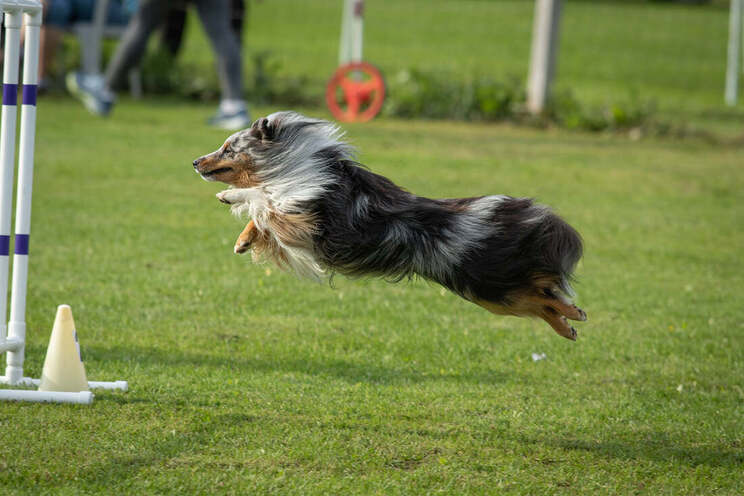
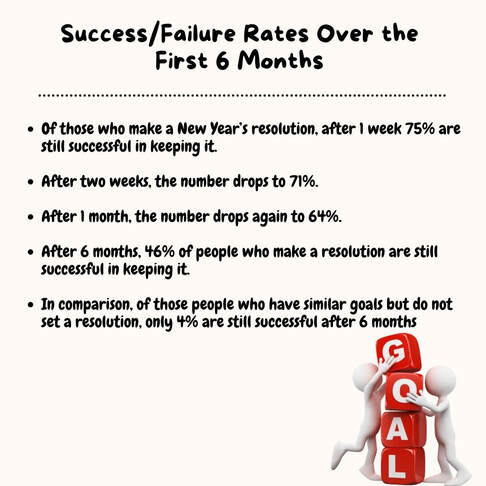
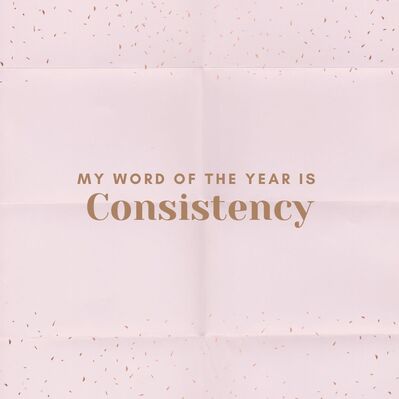
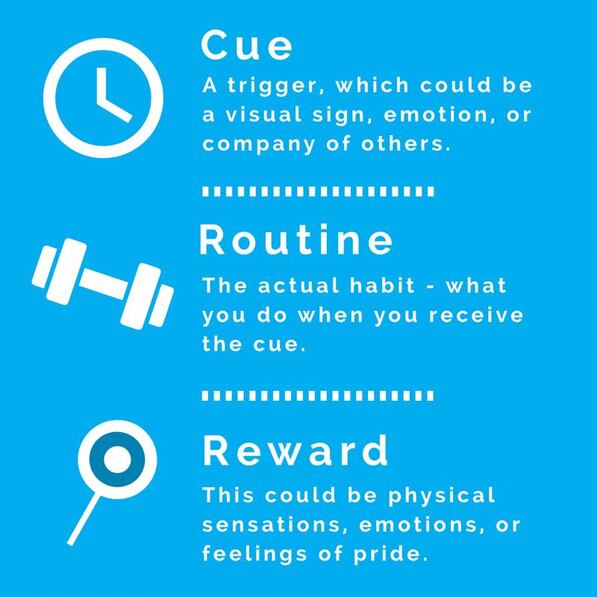
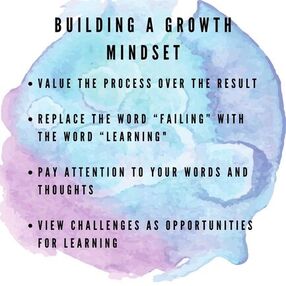
 RSS Feed
RSS Feed